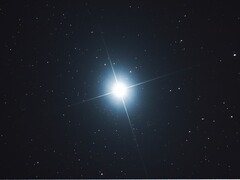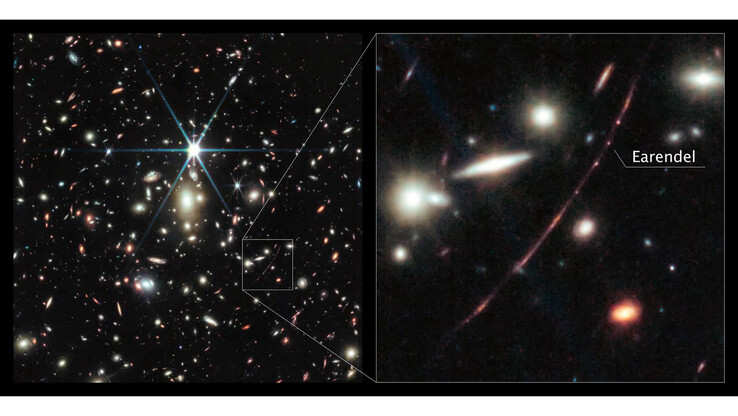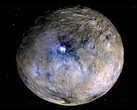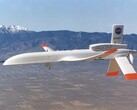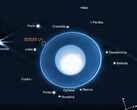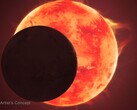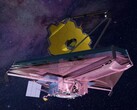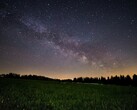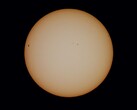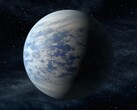Despite the many discoveries that are made each year, space is full of mysteries. And this is notably the case for this star, which is the most distant ever observed, and could be a completely different type of stellar object.
Named Earendel, this star is located more than 28 billion light-years from Earth and has been active for nearly 12.9 billion years, about one billion years after the formation of the Big Bang. Discovered in 2022 by the Hubble space telescope, it had been classified as an individual star.
But recently, a study published in The Astrophysical Journal questions the nature of this stellar object. And for this, the researchers used the James Webb space telescope to analyze the light emitted by Earendel.
Therefore, the results show that it could potentially be a globular cluster, as can be observed in different areas of space. As a reminder, globular clusters are spherical concentrations of stars orbiting around a galactic cores. And no need to specify that they are very numerous, because there can be hundreds of thousands of stars, even millions.
And if these stellar objects are of interest to astronomers and scientists, it is because they are among the oldest structures found in space. It must be said that their ages often correspond to the beginnings of our universe and their study allows us to know, with more or less precision, the conditions that prevailed during this phase of growth. In addition, it should also be noted that the stars present in these globular clusters are generally born at the same period, from the same cloud of gas or dust. Which is very interesting to study the chemical composition of the oldest stars.
In the case of Earendel, further studies will be carried out using the James Webb Space Telescope. And this, in order to reveal the true nature of Earendel.
Source(s)
Techno-Sciences (in French), The Astrophysical Journal




